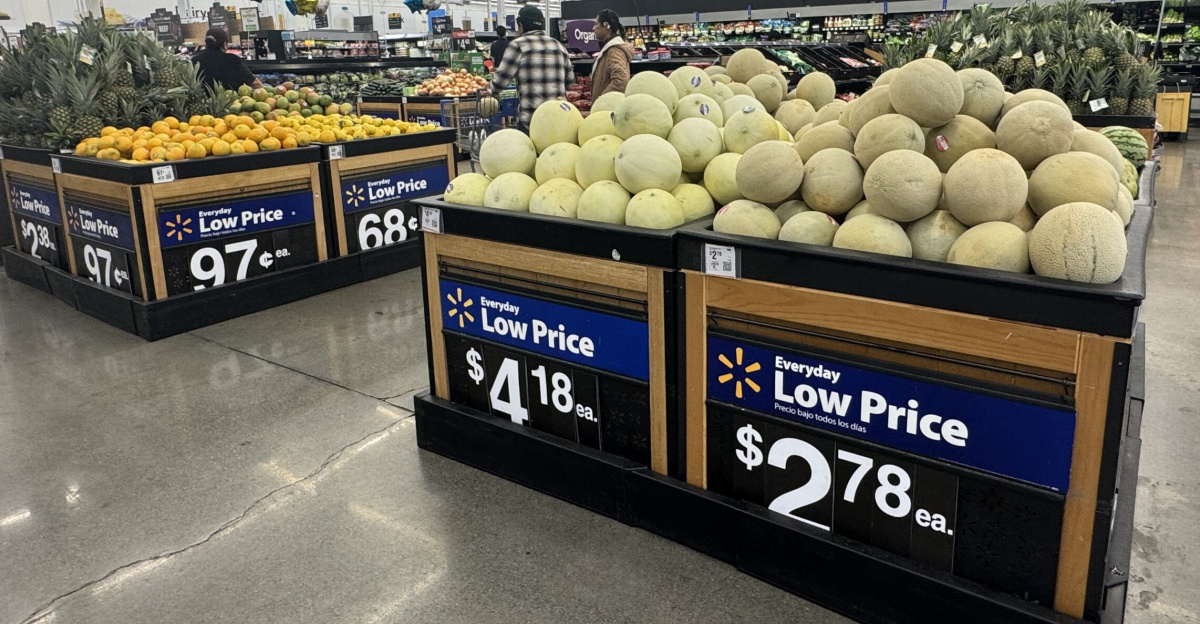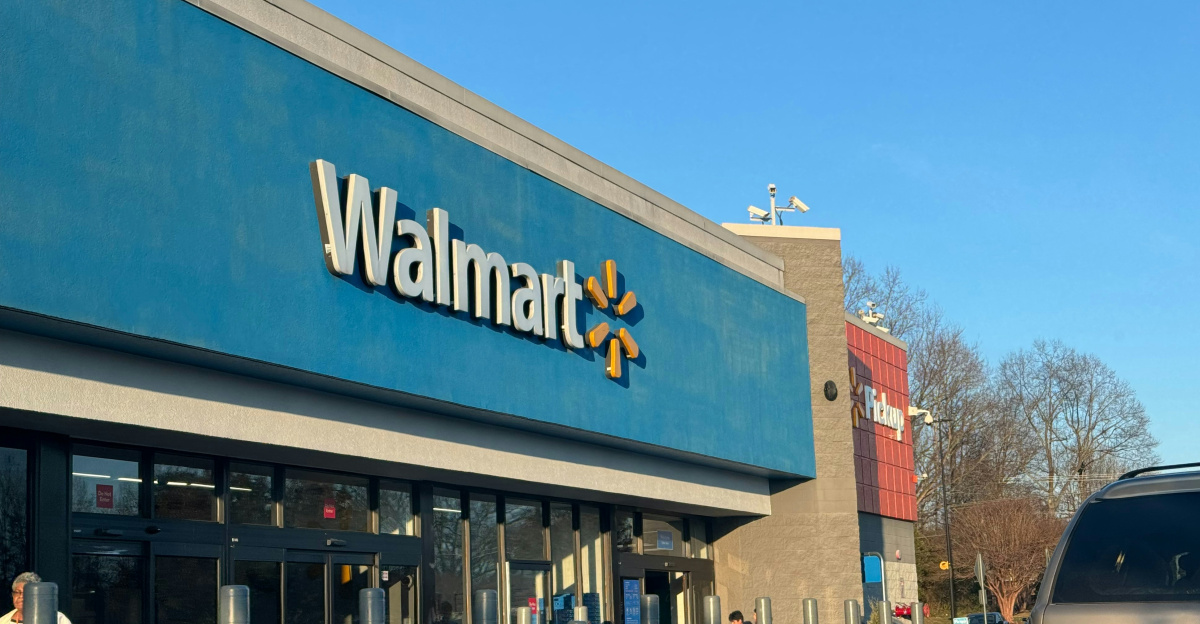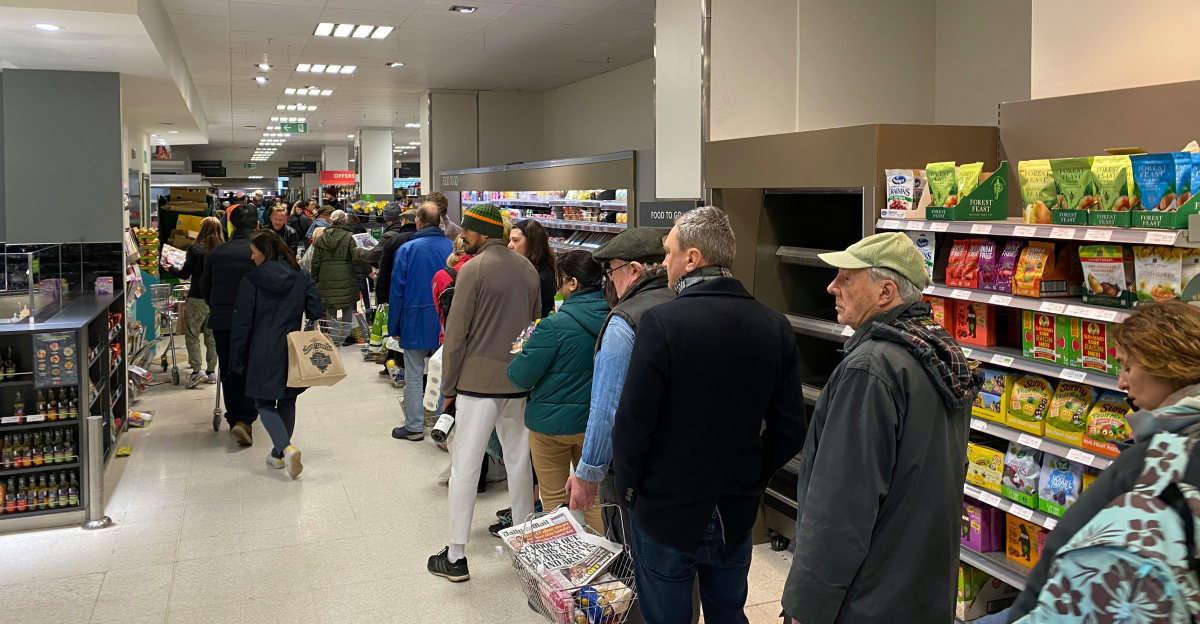
Walmart’s third-quarter profit soared by 34% to a record $6.1 billion, a striking achievement as American consumers grapple with inflation and economic uncertainty. While many households are tightening their belts, Walmart’s aggressive pricing and operational strategy have made it a magnet for budget-conscious shoppers. The company’s 7,400 price rollbacks, including more than 2,000 permanent cuts, have not only boosted its bottom line but also sent ripples through the entire retail sector.
Strategic Moves Fuel Growth

Walmart’s profit surge is the result of deliberate, multifaceted tactics. The retailer leaned heavily into discounting, particularly on groceries and household essentials, to attract shoppers feeling the pinch of rising costs. Over half of the rollbacks targeted grocery items, drawing families seeking affordable food options and increasing Walmart’s share of the grocery market.
E-commerce has also played a pivotal role, with Walmart’s online sales growing 27% in the quarter. This digital expansion, coupled with efficient inventory management, allowed the company to meet shifting consumer demands quickly. Walmart’s global reach, with strong operations in markets like Mexico and China, further contributed to its robust performance, demonstrating that the appeal of low prices transcends borders.
Economic Pressures and Consumer Behavior

Despite Walmart’s financial success, millions of American families continue to struggle. Inflation remains a persistent challenge, forcing many to cut back on discretionary spending and prioritize essentials. The recent government shutdown, which lasted from October 1 to November 12, intensified this trend. Federal workers facing uncertainty flocked to Walmart in search of bargains, reinforcing the retailer’s position as a lifeline for those seeking to stretch their dollars.
This shift in consumer behavior has had broader implications. As more people cook at home and reduce spending on dining out, restaurants and hospitality businesses have seen a decline in traffic. Meanwhile, Walmart’s focus on affordable groceries has not only benefited its own sales but also pressured smaller grocers and competitors to rethink their pricing strategies.
Competitive Pressure and Industry Impact
Walmart’s strong quarter has put significant pressure on rivals such as Target and Home Depot, both of which were forced to lower their profit forecasts. Walmart’s unmatched scale and operational efficiency have given it a clear competitive edge, making it difficult for others to keep pace.
The company’s influence extends beyond retail. Its vast supply chain operations have forced suppliers, from food producers to logistics firms, to innovate and find new efficiencies. As Walmart demands lower prices and faster delivery, entire industries are adapting to meet its standards, driving changes in agriculture, transportation, and technology.
Digital Transformation and Workforce Evolution

A key element of Walmart’s recent success is its ongoing digital transformation. One-third of its 15,000-person corporate workforce now consists of technology professionals, reflecting a shift toward data-driven operations and omnichannel retailing. This evolution is critical as Walmart integrates in-store, pickup, and delivery services to meet the expectations of modern consumers.
Store associates continue to play a vital role, managing increased demand and ensuring that value remains at the forefront of the customer experience. The company’s investment in digital infrastructure has not only improved efficiency but also positioned Walmart as a leader in the rapidly changing retail landscape.
Looking Ahead: Leadership and the Future of Retail

Walmart’s record-breaking quarter arrives at a pivotal moment for the company. On February 1, 2026, John Furner will take over as CEO from Doug McMillon, ushering in a new era of leadership. The company’s transition to Nasdaq and a 6.67% surge in its stock price reflect growing investor confidence in Walmart’s direction.
Yet, the retailer’s dominance is not without controversy. Critics point to the impact on small businesses and concerns about the environmental footprint of Walmart’s supply chain. At the same time, the company’s ability to provide affordable goods during economic hardship is seen by many as a vital public service.
As Walmart continues to adapt to evolving consumer needs and economic realities, its strategies are likely to shape not only the future of American retail but also global trade and consumer habits. The stakes are high: Walmart’s next moves will influence how millions of people shop, what they buy, and how the retail industry responds to a world where value and convenience are more important than ever.